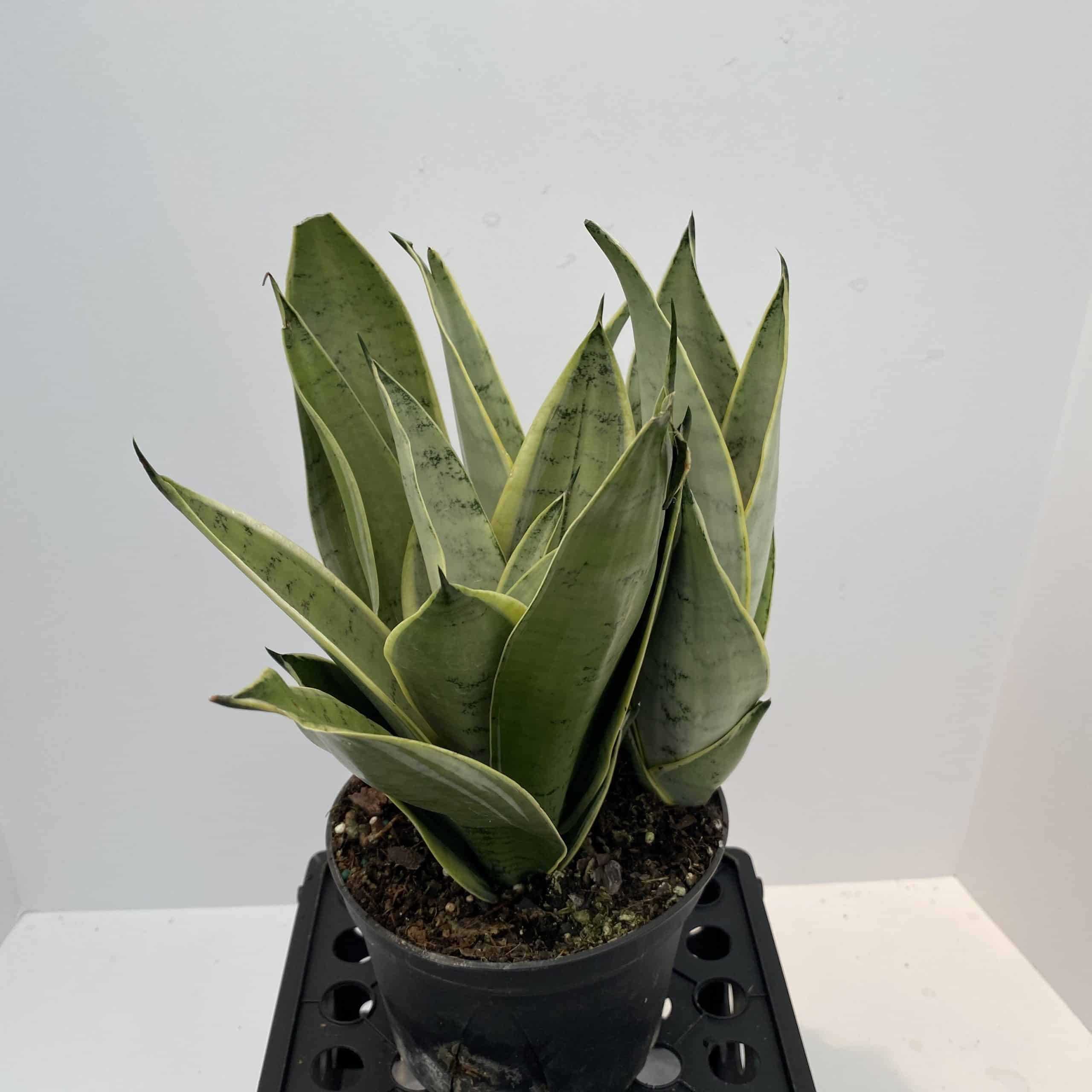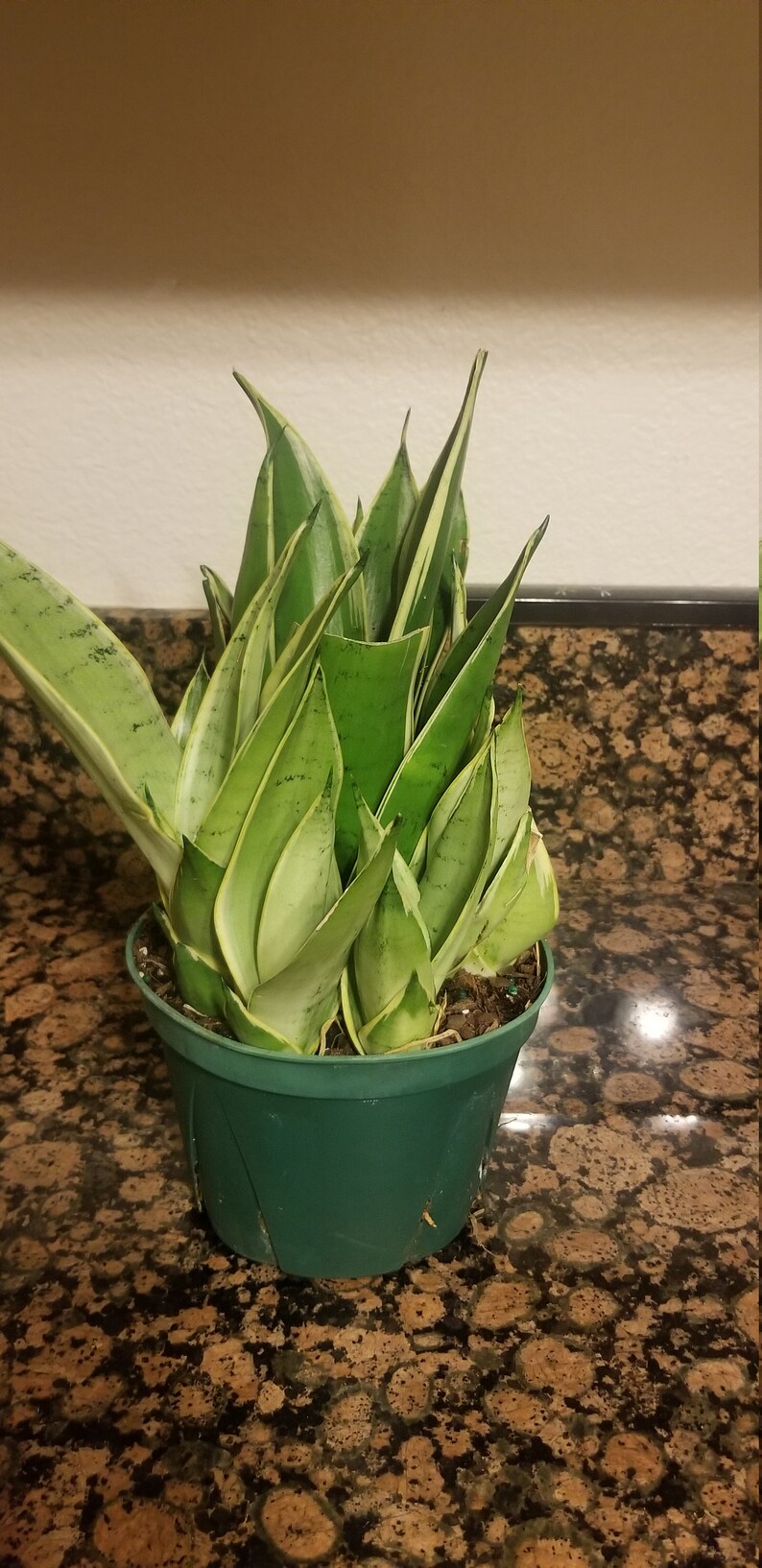

The soil should also have some organic material mixed in-otherwise, it might dry out quickly. If you live in an arid climate, a simple mix of half sand and half perlite or peat moss can work well. Sansevieria Night Owl (Night Owl Snake Plant) In other words, plants from hot climates tend to prefer more sun than those from cold climates. Plants native to deserts usually require lots of direct sunlight. Another way to tell is by looking at where your plant grows naturally plants native to tropical rainforests usually don’t require much direct sunlight.

If they are short and thin like needles then it doesn’t need much light. If you are unsure what type of sun your plant needs, look at its leaves – if they are long and thick like swords then it needs lots of light. Sunlight that is too strong for one variety may be perfect for another. If you’re growing your plant indoors, bright indirect sunlight will work well. Light requirementĪlthough they do best with a bit of sun in their life, Sansevierias can handle very little light. If possible, keep your pot elevated so excess moisture drains away from its roots. You should also avoid letting your plant sit in water for long periods of time as standing water at the base of its leaves can cause root rot which is fatal to Sansevieria. During periods of active growth, you should water your Sansevieria every day or every other day, depending on how fast it is growing.Ī good time to water your plant is first thing in the morning because that will give it all day to dry out before nightfall when temperatures drop. Sansevieria are best grown in rich soil and can be watered on a regular basis. In warmer climates, it grows year-round.Īlthough commonly called lion’s paw or mother-in-law’s tongue because of its shape, most people grow it as an indoor plant because it can get quite large – up to 4 feet tall! If you want to keep your sansevieria small, it will grow well if you keep it in a pot that has drainage holes at the bottom. In temperate climates, it grows outdoors during summer and fall. The plant is cultivated throughout many of these regions as an ornamental plant for home gardens or indoors as a houseplant. Sansevieria warneckii can also be found in other parts of equatorial Africa, India, Madagascar, and Central America. The plant is also found in eastern Nigeria and Cameroon. It was first discovered in Gabon, Africa in 1867 by Carl Warnecke, a German military physician, and explorer.

Sansevieria sayuri is native to tropical Africa. It has a wide variety of common names including bowstring hemp, snake palm, devil’s tongue, mother-in-law’s tongue, and viper’s bowstring hemp, as well as many others depending on the species or cultivar concerned. Sayuri is an attractive flowering plant in the family Asparagaceae, with about twenty species native to tropical regions of Africa and Asia. In addition to sansevieria sayuri’s decorative looks, it can also provide practical solutions such as absorbing formaldehyde from the air and preventing the growth of mold, bacteria, and fungi around your house or workplace. This hardy plant will require minimal care while also providing many benefits to your home or office decor. Furthermore, it has air-cleaning attributes.Sansevieria sayuri is one of the most popular species of sansevierias due to its attractive dark green and white leaves with yellow or white edges. As a result, it releases oxygen at night, enhancing oxygen levels in the bedroom, study, or anywhere else you keep. It stores the carbon dioxide it acquires at night for daily use. Its leaves are dark-green and lanceolate but have yellow or creamy variegation. Sansevieria Night Owl Summary Sansevieria Night Owl Physical Characteristics They cause gastrointestinal symptoms such as drooling, vomiting, and diarrhea. Plants in this genus are toxic to pets and humans. It goes dormant in temperatures under 10 oC (50 oF). It is 10 to 24 inches high and eight to ten inches wide. For example, its leaves will have an unhealthy shade of yellow and die. It will likely suffer injury and die if kept in temperatures under (10 oC) 50 oF for extended periods. It grows fastest between 21 to 32 oC (70 and 90 oF). Family:ĭracaena Trifasciata ‘Night Owl’ Mother in Law’s Tongue, snake plant. It is a cultivar of Sansevieria trifasciata, and it has relatively long leaves at 2 feet high. The leaves may be green, cream, or yellow, all variegated and shiny. This plant’s foliage is variously colored depending on location and growing conditions.


 0 kommentar(er)
0 kommentar(er)
